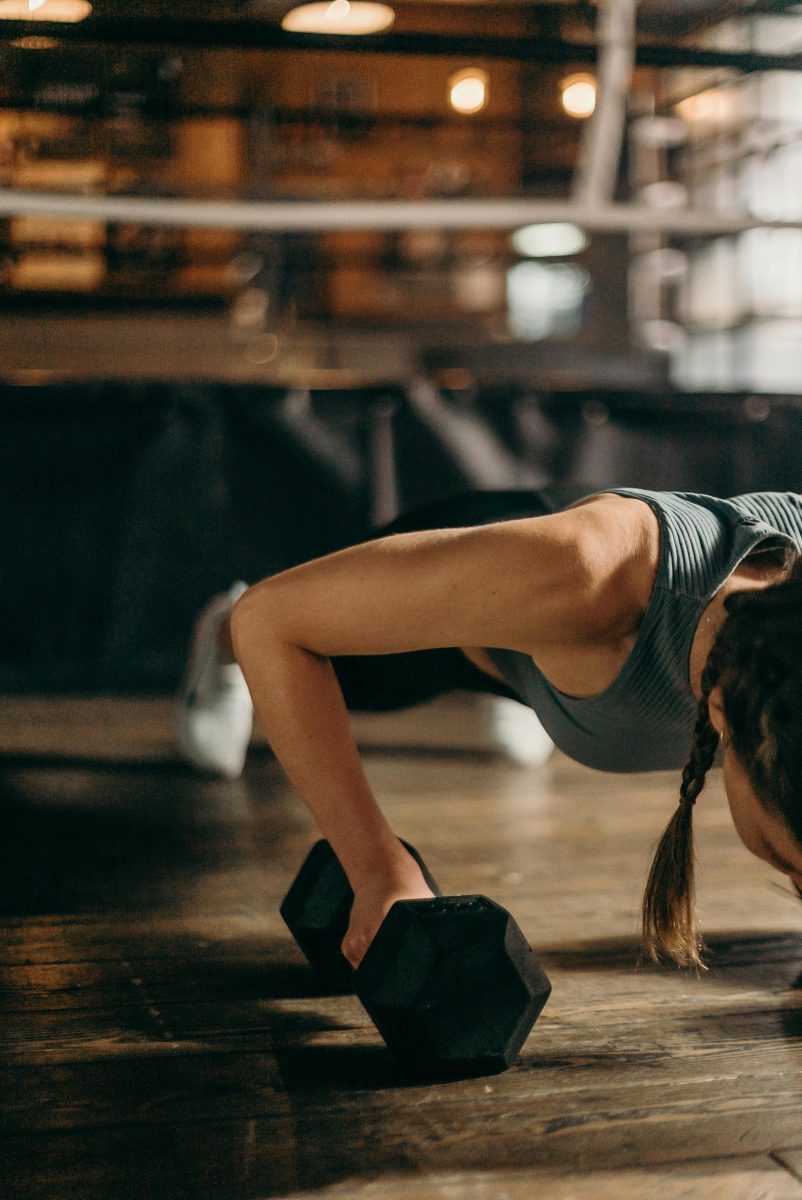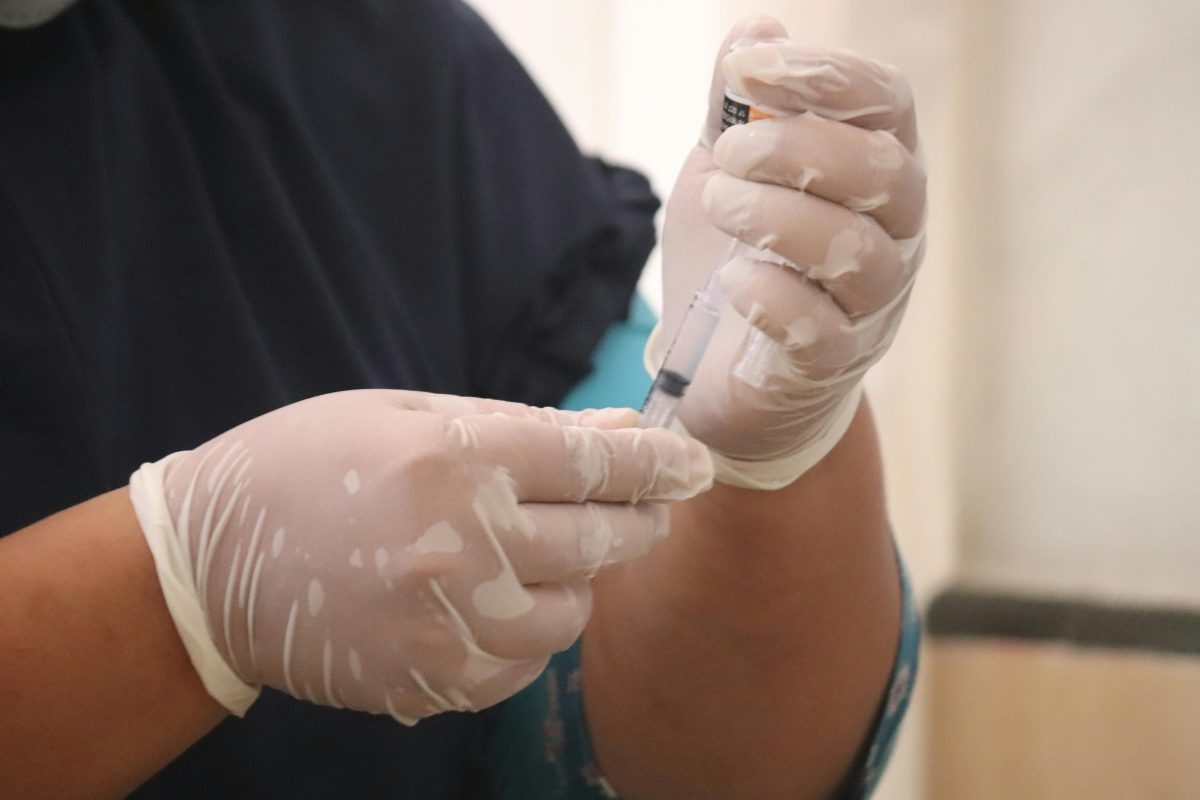Last Updated on: 14th July 2024, 09:38 am
Introduction to Overuse Injuries in Sports

Overuse injuries, the silent setbacks in an athlete’s career, stem from the repetitive strain and microtrauma to tendons, bones, and joints. Unlike acute injuries that occur suddenly, overuse injuries creep up quietly, often going unnoticed until they significantly impact an athlete’s performance and well-being. Sports such as running, swimming, and tennis, where repetitive motions are the norm, see a higher prevalence of these injuries. The significance of understanding and addressing overuse injuries cannot be overstated. They not only sideline athletes, sometimes indefinitely, but also pose a threat to their physical and mental health. The journey to peak performance is a delicate balance between pushing limits and nurturing the body. Recognizing the early signs of overuse injuries is crucial in this journey, as it can mean the difference between a temporary setback and a career-ending scenario.
Understanding the Causes of Overuse Injuries

At the heart of overuse injuries lies the relentless repetition of motion and the stress it places on the body. Each stride, stroke, or swing may seem inconsequential, but their cumulative effect can be profound. Muscles, tendons, and joints, subjected to this constant barrage, can succumb to stress, leading to injuries that are as debilitating as they are preventable. It’s a silent battle, where the enemy is the very repetition that athletes rely on to excel.
- Equipment and training environment play pivotal roles too. Ill-fitting gear or suboptimal training grounds can amplify the risk, turning minor irritants into major issues.
- The interplay between athlete and equipment, between body and ground, is a delicate dance. When out of sync, the risk of overuse injuries escalates, underscoring the need for meticulous attention to every aspect of training and gear.
Early recognition of symptoms is the beacon that guides athletes away from the shoals of injury. A twinge here, a niggle there, might be the first whisperings of trouble. Heeding these signs, and adjusting training accordingly, can avert the looming threat of overuse injuries. It’s about listening to the body, interpreting its signals, and responding with wisdom. This proactive approach is not just about preventing injuries; it’s about respecting the body’s limits and ensuring a long, healthy sporting career.
The Science of Prevention: Key Strategies

- Incorporating rest periods into training schedules is not just a strategy; it’s a necessity. These deliberate pauses allow the body to recover, rebuild, and strengthen, reducing the risk of overuse injuries significantly.
- Cross-training emerges as another beacon of hope in this quest for injury prevention. By engaging in varied types of exercises, athletes can avoid the monotony of repetitive motions that often lead to overuse injuries.
- Proper use of equipment and protective gear is the cornerstone of injury prevention. Tailored to fit and designed to protect, the right gear acts as a shield, safeguarding athletes from the harsh impacts and strains that come with rigorous training.
Together, these strategies form a triad of prevention, each playing a pivotal role in safeguarding athletes from the scourge of overuse injuries. By integrating rest periods, embracing cross-training, and ensuring the proper use of equipment, athletes can look forward to a healthier, more sustainable sporting career. The path to peak performance is not just about pushing limits; it’s about smart, strategic training that respects the body’s need for balance and recovery.
The Role of Professional Guidance in Injury Prevention

Professional guidance stands as a beacon of prevention in the realm of sports injuries. Coaches and specialized trainers, armed with expertise and experience, play a crucial role in crafting training regimens that not only push athletes towards their peak performance but also prioritize their well-being. Tailored advice from these professionals ensures that athletes engage in practices that enhance their strengths and mitigate injury risks, making specialized training invaluable.
- There comes a moment in every athlete’s journey when the expertise of sports medicine professionals becomes indispensable. Whether it’s a nagging discomfort that refuses to fade or a desire to optimize performance, seeking help at the right time can prevent minor issues from escalating into career-threatening injuries.
- Physiotherapy and rehabilitation occupy a pivotal space in the prevention landscape. Beyond their role in recovery, these disciplines offer strategies and exercises that strengthen the body against future injuries.
In the grand narrative of preventing overuse injuries, the role of professional guidance cannot be overstated. It’s a multifaceted approach that blends the wisdom of coaching, the precision of sports medicine, and the restorative power of physiotherapy. Each element plays a symphony of prevention, harmonizing to protect athletes from the silent threat of overuse injuries, ensuring their journey towards peak performance is both safe and sustainable.
Nutritional Considerations and Hydration: Pillars of Injury Prevention

The role of nutrition in maintaining muscle and tissue health cannot be overstated. A balanced diet, rich in proteins, vitamins, and minerals, supports the repair and strengthening of tissues subjected to the daily rigors of sports. Muscles thrive on the right mix of nutrients, reducing the risk of overuse injuries that can sideline an athlete. It’s not just about eating healthily; it’s about fueling the body’s intricate machinery for peak performance and resilience.
Hydration goes hand-in-hand with nutrition in the battle against injuries. Adequate fluid intake is essential, as dehydration can lead to decreased performance and increased vulnerability to injuries. Strategies for staying hydrated include drinking water throughout the day, especially before, during, and after intense physical activity. This simple practice keeps the tissues elastic and less prone to injury, acting as a lubricant for the entire musculoskeletal system.
Supplements, when used judiciously, can complement an athlete’s diet and hydration strategy, offering an additional layer of protection against injuries. Omega-3 fatty acids, for instance, are known for their anti-inflammatory properties, which can help in the recovery and maintenance of joint health. Calcium and vitamin D supplements support bone strength, a critical consideration in preventing stress fractures. However, it’s crucial to approach supplements with caution, prioritizing a food-first strategy and consulting with a healthcare professional to avoid unnecessary risks.
In the grand scheme of preventing overuse injuries, understanding the pivotal role of nutrition and hydration is just the beginning. It’s about making informed choices that support the body’s needs, enhancing an athlete’s ability to perform and endure. With the right nutrients and adequate hydration, the path to peak performance is both safer and more sustainable.
Developing a Personalized Injury Prevention Plan

Every athlete’s body is unique, with distinct strengths and vulnerabilities. Crafting a personalized injury prevention plan begins with a thorough assessment of individual risk factors and needs. This process involves:
- Analyzing training habits
- Previous injury history
- Lifestyle factors that could contribute to overuse injuries
By pinpointing these elements, a tailored strategy emerges, one that aligns with the athlete’s specific circumstances.
Setting realistic goals is the next step, with progress monitored closely. Goals should:
- Stretch the athlete’s capabilities without straying into the danger zone of overtraining
Regular check-ins provide the opportunity to celebrate successes and recalibrate objectives as needed, ensuring the prevention plan remains dynamic and responsive.
As time marches on, so too should the prevention strategies. Adjusting training regimens in response to the body’s feedback is not a sign of setback but of smart adaptation. This evolution of tactics, informed by:
- Ongoing monitoring
- The latest research
keeps the prevention plan as alive and active as the athletes it protects. Flexibility in approach allows for the incorporation of new exercises, recovery techniques, and equipment, ensuring the injury prevention plan remains at the cutting edge of sports science.
In the end, a personalized injury prevention plan is not a static document but a living guide. It evolves, adapts, and grows in harmony with the athlete, providing a roadmap to a resilient and enduring sporting career.
In Closing
Preventing overuse injuries is within reach. This journey marries caution with ambition, fostering resilience in the face of relentless challenges. By embracing a holistic approach that integrates rest, cross-training, and professional guidance, athletes can navigate the fine line between peak performance and physical overreach. The narrative weaves through the importance of equipment, nutrition, and personalized plans, underscoring the multifaceted strategy required for injury prevention. Let this be a call to action for athletes to prioritize their health, ensuring a sustainable and successful sporting career.
Preventing Overuse Injuries in Sports FAQs
Nutrition plays a significant role in preventing overuse injuries by providing the body with the necessary nutrients to repair and strengthen tissues. A balanced diet rich in vitamins, minerals, and proteins supports muscle recovery and bone health, which can help withstand the stresses of repetitive sports activities. Inadequate nutrition can lead to weakened body structures, making them more prone to injury.
Preventing overuse injuries involves a combination of proper training, adequate rest, and appropriate equipment. It’s crucial to gradually increase the intensity and duration of physical activities to avoid putting excessive stress on the body. Additionally, using the right gear and ensuring proper technique can significantly reduce the risk of these injuries.
Age affects the risk of overuse injuries as younger athletes may be more vulnerable due to their developing bodies, while older athletes may experience them due to decreased flexibility and recovery capacity. For younger athletes, focusing on proper technique, adequate rest, and not specializing in a single sport too early can help prevent overuse injuries. For older athletes, incorporating flexibility and strength training, along with allowing for longer recovery times, can mitigate the risk of overuse injuries.
Cross-training helps prevent overuse injuries by varying the types of stress placed on the body, thereby reducing the risk of stressing the same muscles and joints repeatedly. It involves participating in different activities that work various muscle groups, which can improve overall fitness without overloading specific areas. This approach not only enhances athletic performance but also minimizes the risk of developing overuse injuries.
Proper technique is essential in preventing overuse injuries because it ensures that the body is aligned correctly and the forces exerted during sports are distributed optimally. Incorrect technique can lead to imbalanced stress on certain body parts, increasing the risk of injury. Regular training and possibly working with a coach or trainer can help athletes learn and maintain the correct form.
Overuse injuries in sports are conditions that result from repetitive stress on muscles, joints, and tendons without adequate rest. These injuries develop over time due to the repetitive nature of sports activities that strain specific body parts. Common examples include tennis elbow, swimmer’s shoulder, and runner’s knee.
Warming up and cooling down are critical in preventing overuse injuries as they prepare the body for physical activity and facilitate recovery afterward. Warming up increases blood flow to the muscles and improves flexibility, reducing the risk of strains and sprains. Cooling down helps to gradually lower the heart rate and stretch the muscles, which can prevent stiffness and soreness.
Proper equipment is crucial in preventing overuse injuries as it helps to distribute the physical stress of sports activities more evenly across the body. For example, the right type of shoes can absorb impact, reducing stress on the lower limbs, while a well-fitted racket can decrease the strain on the wrist and elbow in racquet sports. Using equipment that is appropriate for the sport and correctly fitted to the individual can significantly lower the risk of injury.
Hydration is important in preventing overuse injuries because it helps maintain the health of tissues, making them more resilient and less susceptible to damage. Adequate fluid intake ensures that the body’s cells are well-hydrated, which is crucial for muscle function and joint lubrication. Dehydration can lead to decreased performance and an increased risk of injuries, including those from overuse.
Rest is vital in preventing overuse injuries because it allows the body time to recover and repair itself. During rest periods, the body heals the microtears in muscles and tendons that occur during physical activity. Ignoring the need for rest can lead to a cycle of injury and inadequate healing, increasing the risk of overuse injuries.
Orlando is a all round athlete from Australia, now resident in Germany. His sports of passion of American Football(Offensive line), weight training and indoor rock climbing where he uses his 195cm wing span to his advantage.



